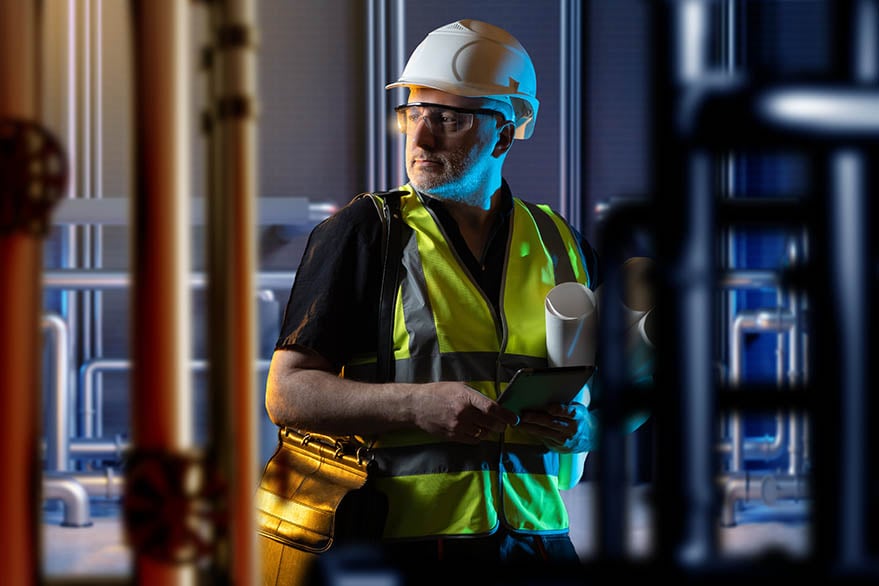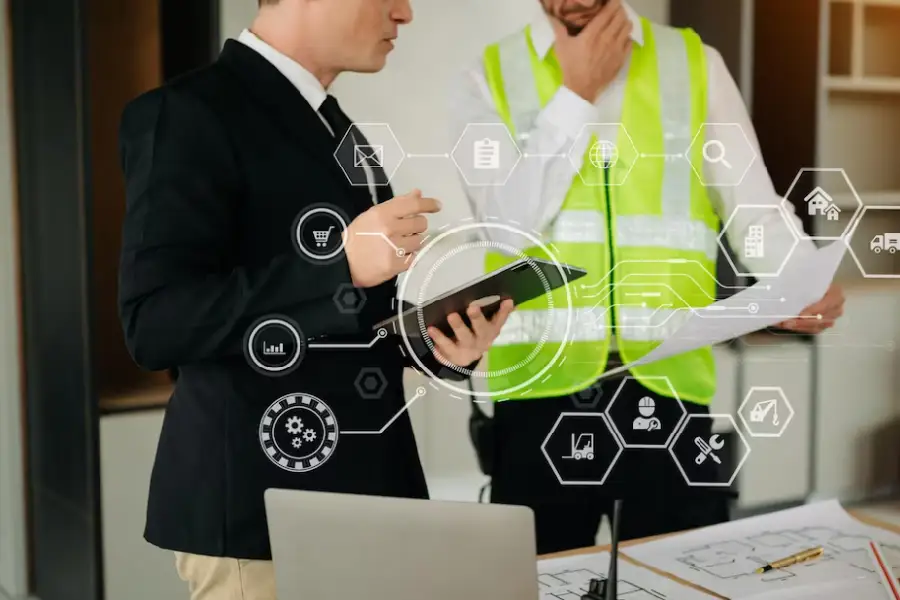The Significance of Sustainability in Facility Management Practices
The Significance of Sustainability in Facility Management Practices
Blog Article
The Essential Guide to Facility Management: Approaches for Success
Center monitoring plays an important function in the general success of a company, working as the backbone that sustains productivity, safety, and efficiency. By employing tactical approaches such as integrated technological options and promoting cross-departmental partnership, organizations can dramatically boost their operational structures. The nuances of effective facility monitoring prolong beyond mere logistics and call for a detailed understanding of both qualitative and measurable metrics. As we check out these important approaches, a closer exam discloses exactly how they can transform not just centers, however the very society within a company itself. What might these changes look like in practice?
Recognizing Facility Administration
What makes up effective facility monitoring? Effective facility management includes the coordination of numerous organizational features to ensure that developed atmospheres are secure, reliable, and for efficiency. Facility Management. It incorporates the concepts of engineering, design, and organization management to develop a seamless functional flow within a company
Crucial element of center management consist of space preparation, maintenance monitoring, and conformity with health and wellness policies. Room planning concentrates on optimizing using physical resources to sustain business goals, while maintenance administration guarantees that centers are kept in optimum condition, optimizing life expectancy and lowering operational prices. Conformity with regulative and lawful standards is important, as it safeguards the company versus potential liabilities and boosts its reputation.
Additionally, efficient facility administration relies upon the calculated use of modern technology, such as Building Monitoring Equipment (BMS) and Computer-Aided Center Management (CAFM) tools. These innovations assist in real-time tracking of structure systems and enhance upkeep processes. Eventually, an extensive method to facility management not only promotes operational efficiency but also fosters a favorable setting for staff members and site visitors alike, driving overall organizational success.
Key Methods for Optimization
Optimizing facility management requires a strategic strategy that straightens functional practices with organizational objectives. To attain this, the initial key approach is the application of integrated technical options. Utilizing advanced software application systems enables real-time monitoring of center operations, helping with data-driven decision-making and improving overall performance.
Second of all, routine evaluations of center performance are vital. Conducting regular evaluations and audits enables facility supervisors to recognize locations that require improvement, making certain that resources are allocated properly. This positive approach assists in minimizing downtime and improving service distribution.
Another essential technique is cultivating cooperation throughout departments. By urging open communication between groups, facility supervisors can better straighten their approaches with company objectives, resulting in boosted operational harmony. Additionally, engaging staff in training programs advertises a culture of liability and enhances their capability to add to optimization initiatives.
Enhancing Safety Protocols
Enhancing security methods is vital for developing a safe and secure setting within facilities. A detailed safety procedure not just safeguards site visitors and employees however additionally enhances operational performance. To attain this, facility managers should carry out routine threat evaluations to make certain and recognize possible threats that appropriate steps remain in location.
Educating and education are critical elements of effective security procedures - Facility Management. Staff members need to receive ongoing training in emergency situation procedures, devices handling, and individual safety actions. Normal drills, such as fire discharges or lockdown treatments, foster familiarity and readiness amongst team
Additionally, clear communication channels must be established to report safety and security concerns immediately. This consists of producing an obtainable system for staff members to articulate possible dangers or occurrences without concern of . Leveraging modern technology can boost safety and security procedures; for example, implementing surveillance systems and access controls assists keep an eye on facility activities and limit unapproved entrance.
Last but not least, compliance with local regulations and sector standards is non-negotiable. Regular audits and testimonials of security protocols make certain positioning with current legislations and best methods. By focusing on these techniques, center managers can cultivate a culture of safety and security that secures all stakeholders and ultimately adds to the organization's success.
Improving Office Setting

Ergonomic considerations are vital to reduce physical pressure and discomfort. Facility Management. This involves offering adjustable furniture, correct lighting, and ample space for motion. These modifications can result in lowered absenteeism and boosted job contentment
Aesthetics play a vital duty fit the work environment atmosphere. Using shade psychology, all-natural lighting, and greenery can promote a inviting and stimulating setting. Thoughtfully developed spaces can improve creativity and improve general well-being.
Furthermore, motivating staff member interaction through inclusive decision-making processes can boost the sense of ownership and belonging. Gathering feedback on office enhancements and entailing workers in the design process can bring about a much more tailored setting that meets their demands.
Finally, promoting wellness initiatives, such as health cares and relaxation spaces, can additionally add to a helpful workplace society. By focusing on these methods, facility supervisors can efficiently boost the office environment, driving both staff member complete satisfaction and business success.
Determining Success in Facilities
Measuring success in center monitoring needs a comprehensive strategy that assesses both measurable and qualitative metrics. Quantitative metrics generally consist of crucial performance signs (KPIs) such as area usage rates, energy intake, upkeep expenses, and occupancy levels. These metrics give a clear image of functional effectiveness and economic performance, permitting center managers to identify locations for enhancement and criteria versus industry criteria.
Qualitative metrics, on the various other hand, focus on user satisfaction and worker involvement. Surveys and responses systems can evaluate how well the centers meet the needs of occupants, aiding to assess the total office atmosphere. This aspect is crucial, as a completely satisfied workforce is commonly linked to enhanced efficiency and retention prices.
To successfully measure success, center managers should also think about integrating technology, such as developing monitoring systems and data analytics tools, to gather and examine appropriate data. On a regular basis reviewing both sets of metrics enables an extra balanced sight of performance and informs strategic decisions. Eventually, a successful facility monitoring technique depends upon a commitment to constant enhancement, guaranteeing that both operational effectiveness and user satisfaction are focused on.
Conclusion

Facility administration plays an essential role in the total success of an organization, offering as the foundation that supports safety, efficiency, and effectiveness.Key components of center monitoring include space preparation, maintenance monitoring, and conformity with health and wellness and safety and security policies.Moreover, reliable center management counts on the Learn More Here strategic use of technology, such as Structure Administration Systems (BMS) and Computer-Aided Center Management (CAFM) devices. Ultimately, a comprehensive approach to center management not just promotes functional efficiency yet also fosters a positive setting for visitors and staff members alike, driving general organizational success.
Ultimately, a successful facility administration technique hinges on a commitment to continuous renovation, ensuring that both functional performances and individual contentment are prioritized.
Report this page